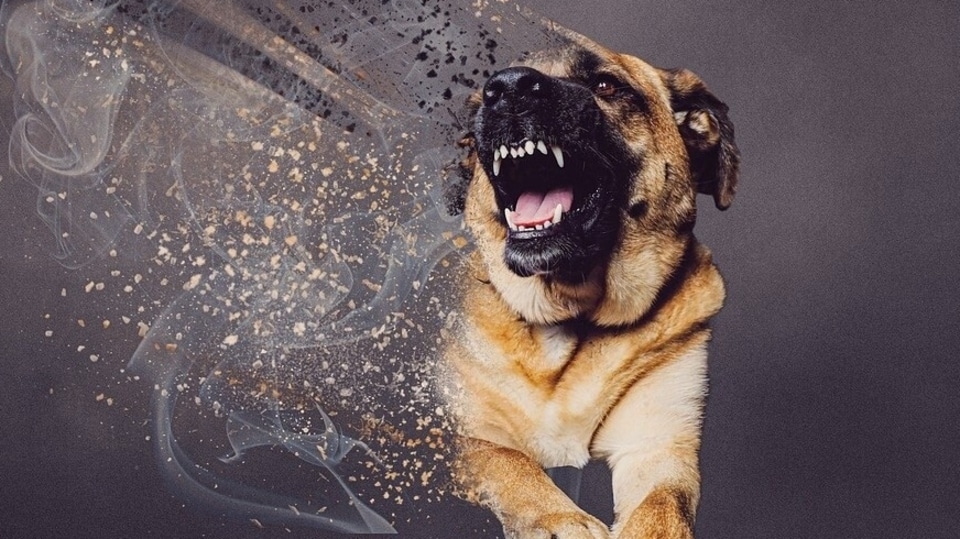Bullying in the world of dogs is fairly common and the behaviour is not just limited to the more aggressive breeds like German Shepherds or Pit Bulls but can be seen in anyone.
It could be your pet or your neighbour’s that is a bully and you need to understand the early signs in order to correct this behavioural problem that could be risky for you as well as other dogs in the vicinity.
Every problem has a root and your dog’s behavioural problem could stem from factors like poor socialisation, bad company, or even genetics.
If the dog is overpowering other dogs, overruling your authority, or has aggressive body language, you must pay close attention to its behaviour and nip the problem in the bud. If you find out that your dog is indeed a bully, can you correct this behaviour? Very much, says an expert. (Also read: Parvovirus in dogs: Know the warning symptoms, prevention tips and treatment)
“Bullying is not acceptable, neither in humans nor in canines. It is very important to recognise the early signs of your dog being a bully. While tackling this behaviour, it is very important to find out where this behaviour is stemming from.
“There can be multiple contributing factors like genetic predisposition, a result of poor socialisation in the early years, a traumatic past, and encouragement of this behaviour unknowingly from the pet parent, just to name a few,” Dr Shantanu Kalambi, Chief Veterinarian, Supertails told HT Digital.
So, how to know if you dog is a bully. Take a look at these tell-tale signs.
* Showing overly assertive or inappropriate behaviour.
* Playing rough and harassing non-consenting dogs.
* Not respecting the boundaries of other dogs as well as humans.
* Growling, biting and pinning their playmate to the ground.
* Humping or mounting other dogs.
* Charging other dogs over food, and toys, showing overly territorial behaviour.
* Change in body language such as staring directly, stiff high tail, raised lips, growling, stiff body, panting, lack of focus.
Dr Kalambi says early socialisation, becomes very crucial for the dogs and introducing them to neutral dogs, who are not reactive can help them learn appropriate behaviour.
“Reward when your puppy meets other dogs appropriately, like sniffing, happy tail wag, and play bow, however, if you notice any of the above-mentioned signs of bullying, take your puppy away from the situation.
“Ensure that no interactions are forced, in case any of the pets show any signs of discomfort while interacting. Leash your dog, when introducing him to new places, new dogs, or new people. That will ensure you have good control over your dog,” says Dr Kalambi.
The veterinary expert also suggests using redirection with the help of treats or toys, to distract your dog, if he is showing signs of bullying.
“Avoid separating dogs physically, as you may end up getting hurt in the process. Always remember that any behaviour that is reinforced, continues or increases. Hence timely intervention, when your dog is showing any signs of bullying, and correcting him becomes very important.
“Also, rewarding appropriate behaviour is another crucial part of it. Educating other pet parents if their dog is showing any signs of bullying is equally important. You can always seek help from a pet behaviour expert if required,” Dr Kalambi signs off.
For any query with respect to this article or any other content requirement, please contact Editor at [email protected] Digital streams Ltd
Read More News:
Dog carrying human leg leads to hidden graves of human remains

